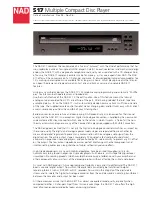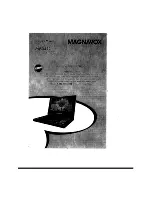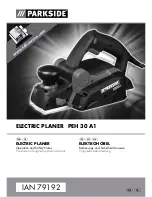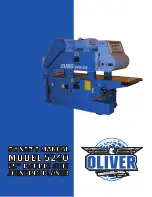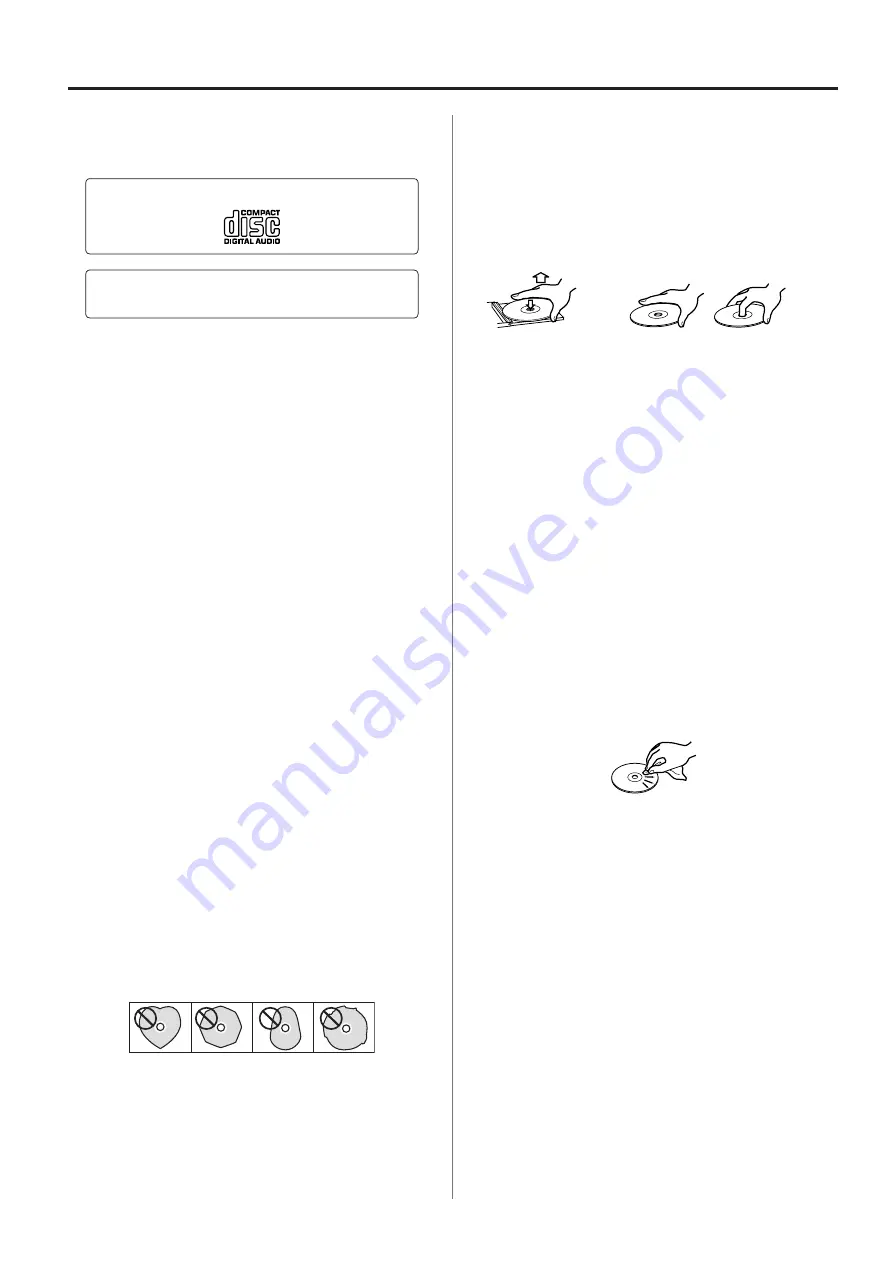
6
Types of discs that can be played by this
unit
CDs with the “COMPACT disc DIGITAL AUDIO” logo
CD-R and CD-RW discs that have been properly
recorded and finalized using the audio CD format.
8cm CDs are not supported.
Adapters cannot be used.
V
CAUTION
If you try to play any other type of disc with this unit,
loud noises that could damage speakers or harm hear-
ing might occur. Never try to play any type of disc other
than those shown above.
o
This unit might not be able to properly play Copy Control CDs,
Dual Discs or other special CDs that do not conform to the Red
Book CD standard. Operation and sound quality cannot be guar-
anteed when special discs are used in this unit. If playback of a
special disc should cause trouble, contact the seller of the disc.
CD-R/CD-RW discs
This unit can play CD-R/CD-RW discs that are in audio CD format
(CD-DA).
o
Be sure to finalize discs created by CD recorders.
o
Depending on the quality of the disc and the condition of the
recording, playback might not be possible. For details, see the
operation manual for the device you are using.
o
If you have any questions about how to handle a CD-R or CD-RW
disc, contact the seller of the disc directly.
Precautions for use
o
Do not use cracked discs because they could damage the unit.
o
When writing something on the label side of a disc, use a felt tip
permanent marker. The use of a ballpoint pen or other pen with
a hard tip could damage the disc, making it unplayable.
o
Never use commercially-available CD stabilizers. Doing so could
make the disc unplayable or damage the unit.
o
Never use discs with irregular shapes, including heart-shaped
and octagonal discs, because they could damage the unit.
o
If a CD-R/CD-RW disc that has a printable label surface is left in
this unit for a long time, it could stick to the inside and become
extremely difficult to remove and possibly even cause the unit to
malfunction.
Always remove such discs and store them in cases when not
in use. Moreover, avoid using discs that have just been printed
because they are especially prone to sticking.
Handling discs
o
Always load discs with their labeled sides up.
o
Be careful when handling discs. If the side that contains the data
(unlabeled side) is scratched, smudged with fingerprints or oth-
erwise dirty or marred, errors could occur during playback.
o
To remove a disc from its case, while pressing down on the cen-
ter of the case, hold the disc by its edges.
Removing discs
Holding discs
Storing discs
o
Discs should be stored in their cases when not being used.
Failure to do so could result in warping and scratches.
o
Do not leave discs in places that are exposed to direct sunlight or
that are very humid or hot. Doing so could cause discs to become
deformed or degraded, making them unplayable.
o
CD-R and CD-RW discs are more susceptible to the impacts of
heat and ultraviolet rays than ordinary CDs. For this reason, do
not leave them for long times in places that are exposed to direct
sunlight or near devices that generate heat, for example.
o
Always clean discs before storing them. Leaving a disc in an
unclean state might result in skipping or degraded sound quality.
Maintenance
o
If the side of the disc that has the data encoded on it (unlabeled
side) becomes dirty with fingerprints or dust, use a soft cloth to
wipe the surface from the center directly toward the edge.
o
Never use record cleaners, antistatic treatments, thinners or
similar chemicals to clean discs. Such chemicals could harm the
surface of the disc.
Discs






















